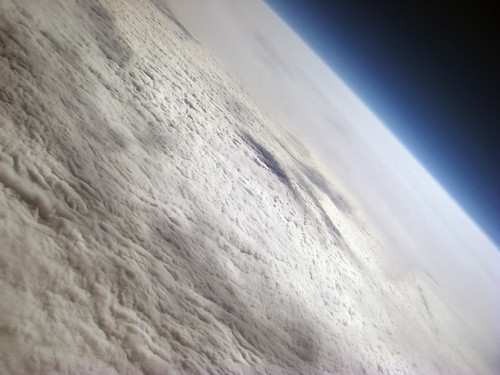
Seems like, yes it did :)


Created with the latest iRhino alpha.
Changes:
* Placeholder engine nacelles added.
* Rudder added
I was reading today the book "Fluid dynamic drag" a bit and got kind of inspired: canopies and wind shield discontinuity contributes very much to the drag coefficient of the fuselage. Not only the laminar nose seems important, but all kinds of places where something ends and something else continues are sources of waste of engery.
So if the plane is completely faired with no discontinuity of any kind, theoretically the drag coefficient should be very low.
In this picture, the engine nacelle placeholders are just placeholders, because they are not yet accurate airfoil, and it has not been taken into account that in Rotax engines the propeller shaft is not in the middle of the engine, but almost on the top of the engine, this creates a fairing that has the lower side turned up a bit and is therefore not completely symmetrical.
The engine nacelles may need to be moved outwards, otherwise there is not enough clearance between the fuselage and the propeller arc.
I was also reading one day some NASA tech paper about wing tip mounted propellers. I have not drawn such things to this picture, but I may add it later - small brushless DC motor on each wing tip lowers the induced drag quite a bit according to the tech paper (although on high aspect ratio wing the effect is not that radical as on with a low aspect ratio wing that would otherwise be poor).
Potential issues for placing engine nacelles on wings (which seems pretty necessary for a twin, after all, may be the least bad compromise) and blending are the followings:
* the wings take a lot room to build (because they are very long)
* making the mold is difficult, because it has to be done from CNC cut pieces and glued together
* moving the center section to airport or transporting it in a container may be challenging, because if the area up to engine nacelles is continuous part of the center section and not separatable, it means that this is basically wider than the width of the container, shipping the plane to another continent might be a challenge (it seems that it would need to be flown like the design point has been set)








